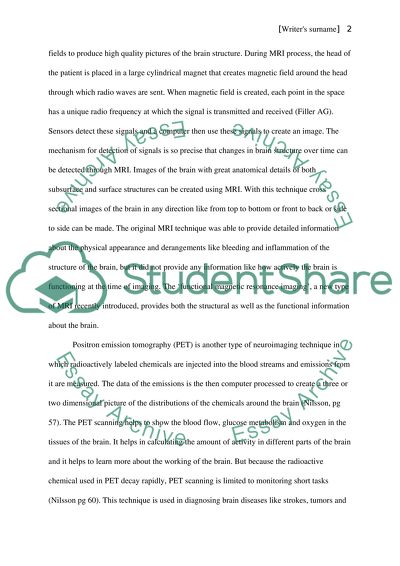Cite this document
(“Neuroimaging Essay Example | Topics and Well Written Essays - 1000 words”, n.d.)
Retrieved from https://studentshare.org/health-sciences-medicine/1500364-neuroimaging
Retrieved from https://studentshare.org/health-sciences-medicine/1500364-neuroimaging
(Neuroimaging Essay Example | Topics and Well Written Essays - 1000 Words)
https://studentshare.org/health-sciences-medicine/1500364-neuroimaging.
https://studentshare.org/health-sciences-medicine/1500364-neuroimaging.
“Neuroimaging Essay Example | Topics and Well Written Essays - 1000 Words”, n.d. https://studentshare.org/health-sciences-medicine/1500364-neuroimaging.


